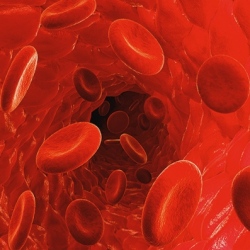
CRISPR/Cas systems for genome editing have revolutionized biology research over the past three years, and their ability to make targeted changes in DNA sequences in living cells is now being applied to medicine and will have an impact on advances in drug and other therapies, agriculture, and food.
The power and promise of this innovation are presented in the Review article “The Bacterial Origins of the CRISPR Genome-Editing Revolution,” published in a special issue of Human Gene Therapy, a peer-reviewed journal from Mary Ann Liebert, Inc., publishers.
Erik Sontheimer, University of Massachusetts Medical School, and Rodolphe Barrangou, North Carolina State University, describe the origins of this technology, which were derived from DNA sequences found in many bacteria known as clustered, regularly interspaced, short palindromic repeats (CRISPR) regions. These are part of bacteria’s protective immune system.
These regions have been developed into genome editing tools comprised of a “hardware” component (an RNA-guided DNA-targeting system that breaks a DNA strand at a specific site, with the help of the Cas protein), and a “software” component that can be programmed, and re-programmed, to repair or replace a faulty gene.
“Although the CRISPR craze has yielded tremendous scientific progress and critical technological advances, it is important to keep in mind that the sgRNA–Cas9 technology is only 3 years old, and that notwithstanding current progress and momentum, we are yet to fully unleash the potential of these tools,” the authors note.
“Beyond academic research and the media, the most significant impact of CRISPR may well turn out to be in industry, with unprecedented levels of interest and investment from multiple distinct business segments, including pharmaceuticals and biotech, as well as covering the food supply chain from agriculture to livestock to other food products.”
